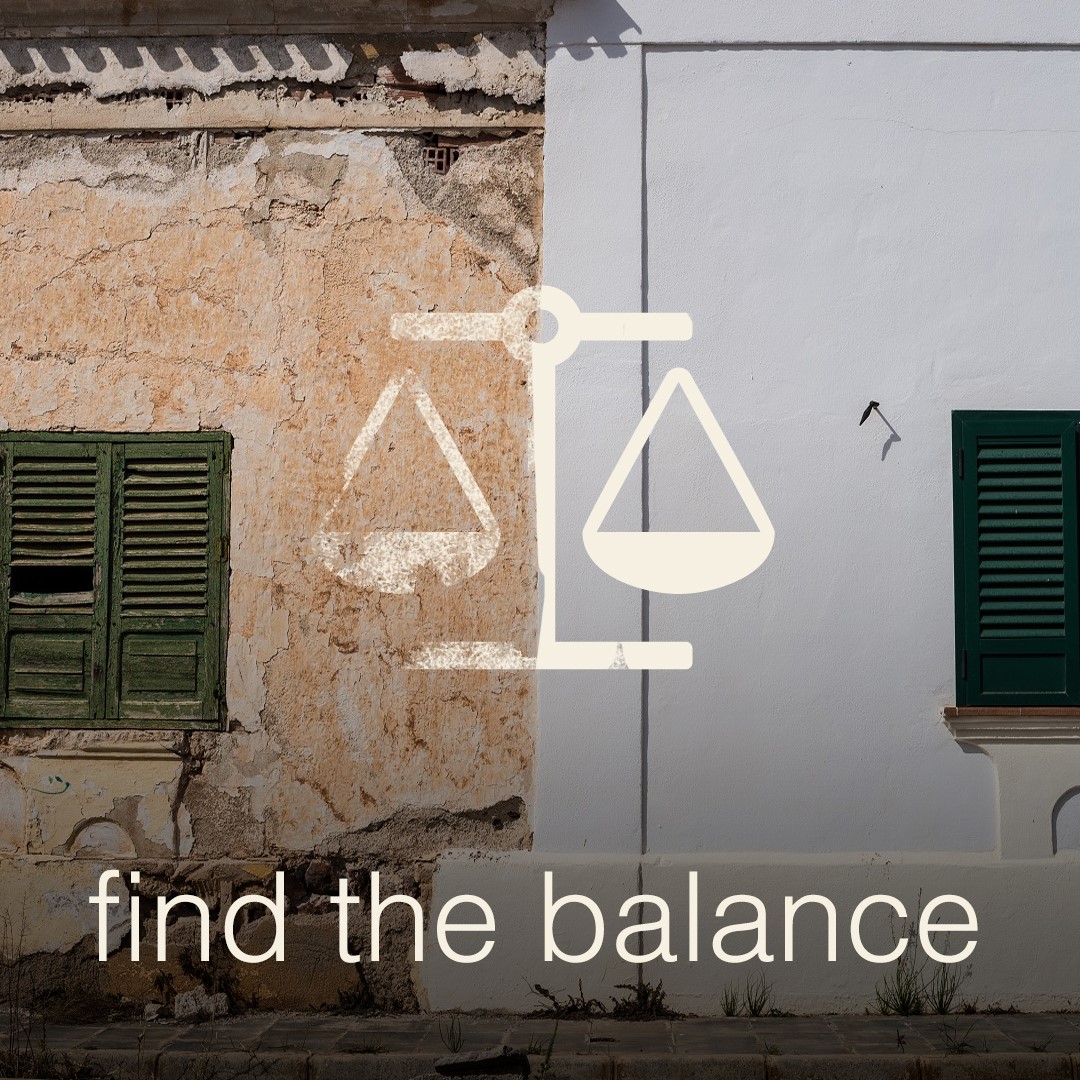Old or new build? How to decide what’s best for you
In this blog, Capital Properties experts tackle the question: “Should I invest in an old property or buy new?” Finding the balance is essential for great long-term outcomes. Our mission is to help you become empowered to make a smart investment decision.
Deciding whether to invest in an established property or a new build can be a tough one. You need to think about finding a good balance between the lot size and what property improvements can be made. A great place to start is to consider the pros and cons of each – which should make your decision easier.
Need help developing a property investment strategy tailored to your Defence lifestyle? The team at Capital Properties work with busy ADF members to invest in long term goals. Our Capital Properties Investor Tools and Apps will help you make informed decisions about whether to invest in an old property or buy new. Download the first chapter of Property Investment SOP for free.
Or come and meet us at a free Capital Properties Discovery Session where we can discuss what might be the best move depending on your individual circumstances.
On the go? Here’s 30 seconds of take outs:
- Considering rentability, land value and long-term goals can help you decide whether to invest in an old property or buy new.
- Location is always a major consideration.
- You need to identify what tenants you want to attract.
- New developments tend to have bigger houses on smaller blocks and attract better tenants. While established properties can provide better land value for long-term investment strategies.
- Talk to the experts to get the best deal – Capital Properties Buyers Agent Service can help.
- There are pros and cons to both new builds and established properties. Capital Properties can help you consider all the factors to decide what’s right for you.
Keep reading >>
Design and layout vs size and rentability
To a large extent, the design and layout of a home will determine the type of tenants you’ll attract. And we know that if your property can attract good tenants, half the battle is won.
Think about it; an older property, even 7 – 15 years old (or even older) can feel dated and need general repairs and improvements. But it might be located on a large parcel of land.
Because of the land value, this property may be the same price as a newer, bigger property in a newer area with a smaller block. New developments generally have smaller blocks, although the footprint of the build tends to be larger. So, with new builds, you can get you a good-sized house needing no improvements on a smaller parcel of land.
The investment in the older property is in the ‘land value’ vs the ‘building value’. So, let’s see what other factors influence the property investment strategy about whether to invest in an old property or buy new.
Location matters
The other half of the battle is getting the right location – yup, there’s that location, location, location again! Whether it’s a small block or large, the location and its desirability is the very foundation of supply and demand.
The location is inherently linked to the future value of the land. People will always pay a premium for a well-located block of land, no matter the size.
There’s a general idea that bigger blocks are better. But the challenge is to find a balance between where you spend your money – land or improvement.
Depending on what you want to do with your investment property, there’s an argument to support both sides of the story. Thus, begins and ends the great contention between investors.
What do tenants want?
In the modern world, people seem to be busier than ever. And for most families where both Mum and Dad work, they’ll be looking for a property that’s convenient and easy to maintain. That often means a smaller block with a modern house.
However, some families will prioritise outdoor spaces with large gardens to kick the footy around and even a pool. Knowing who your target renters are is key.
When doing your research, you might come across a suburb with bigger blocks. These can be in urban areas where it is typically well-established, and the house may have been constructed some time ago.
What is the ultimate goal? Cash flow or redevelopment?
With any investment you need consider two key factors. That’s capital growth = location. And cashflow = accommodation.
Finding a balance between both is the challenge. And that mean’s getting comfortable with the decision whether to invest in an old property or buy new to make a smart investment decision.
You could invest in an area where there are larger parcels of land, where the accommodation might be smaller. Investing in ‘land value’ is a great strategy if you plan to redevelop at a later stage. Keep in mind that rental cash flow could be challenging due to the tenants attracted to this type of property.
Lots of the newer type developments have smaller blocks, hence the land size is more affordable. But generally, you’re able to build a bigger house with the estate covenants and land coverage ratios.
It’s always a more comfortable situation when you can control your property investment decisions. For example, being immersed in the design process so you know you’re building quality accommodation that caters for your target tenants. And being comfortable with the growth potential of the specific area that you’re investing in. That’s why house and land packages can work quite well for long-term investment strategies.
But there are many ways to skin the cat (honestly, who came up with this saying!?) when it comes to investing your money in real estate. We’re down with any strategy that’s simple and will achieve your goals.
Strategy development – Pros & Cons of investing in a new property
Pros:
- Cash flow is typically better
- Tax deductions are higher
- Maintenance costs are lower
- Often easier to manage when overseas
- Can control the design process
- Attract the ideal tenant
- Build in the best location you can afford
- Can be a smoother investment
- Fix price build contract
- Guaranteed build timeline
- Interest during construction is tax deductable
- Turnkey / rent ready once construction is completed
- Reduction in stamp duty (Land only)
- Initial deposit and cost outlay less
Cons
- Building can be expensive
- Delays can happen and costs can escalate
- Interest during construction
- No rent straight away
- Not all builds are turnkey / rent ready
- Extra / hidden costs if not fixed price
- Increased construction costs and trade shortages in recent years might mean building stalls
- Risk of builder going into liquidation
Pros & Cons of investing in an established property
Pros
- Purchasing price might be more flexible if sellers keen to sell – Capital Properties Buyers Agent Service can help with these negotiations to get you the best deal.
- Can rent straight away
- Typically attracts families which can be a more stable tenant
- Won’t usually require major works
- Fewer hidden costs
- Expenses, e.g. new appliances are tax deductable
- Established areas often means easy access to amenities and results in high growth potential
- Value-add redevelopment potential with subdivisions and renovations.
Cons
- Typically, older buildings = higher maintenance costs
- More maintenance = more demands from tenants
- May need to budget for cosmetic renovations
- Tax benefits may be less than new property
So, what’s the decision – invest in an old property or buy new? Still sitting on the fence? That’s OK, we can help you decide which scenario best suits you. Book into our free Discovery Session and we’ll explore your goals and discuss property investment possibilities and guide you to make a smart investment decision based on your current Defence pay rate and lifestyle.
Check out our FREE investor tools: Sign Up to Our Switched-on Property Investors Program | Your free online property investment toolkit






